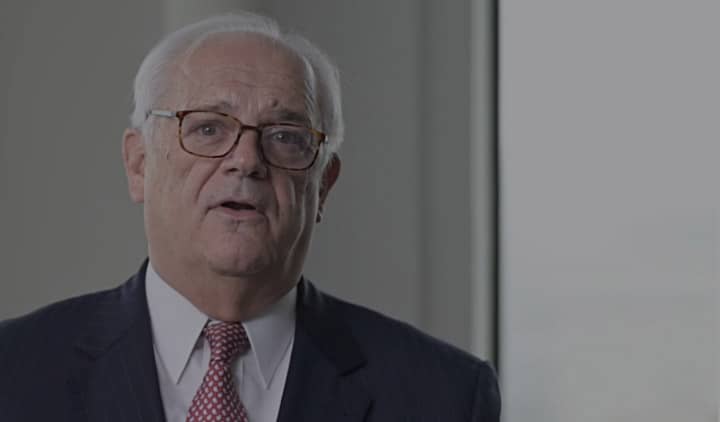By John Woolfolk, Dana Hull and Barbara Feder
Mercury News
Article Launched: 12/27/2007 01:38:38 AM PST
Authorities were at a loss Wednesday to explain how a 350-pound Siberian tiger escaped its San Francisco Zoo enclosure on Christmas, killing a San Jose teenager and badly mauling two other men before police shot it to death.
But zoo officials insisted the doorway into the tiger exhibit was locked, raising two disturbing possibilities: either that isn’t true, or the precautions in place at the widely respected zoo were insufficient and could force a nationwide rethinking of tiger enclosures.
Zookeepers and tiger experts across the country doubted the animal could have leaped or climbed out of its walled and moated exhibit, a design employed at zoos around the country.
“I think it will come out that it was human error,” said Mary Lynn Haven, director of Tiger Haven, a sanctuary in Tennessee that keeps more than 200 tigers, lions and other big cats. “I do not in any way think this animal scaled a 16- to 20-foot wall. I just don’t think that’s possible.”
San Francisco police treated the zoo as a crime scene as they investigated what the Association of Zoos and Aquariums called the first fatal attack on a visitor by an escaped animal at an accredited zoo.
“The purpose of the criminal investigation is to see if the tiger was able to get out on its own or whether there was human involvement,” said San Francisco Police Chief Heather Fong. She said that included reviewing whether the animal was taunted before the attack.
The zoo does not have video surveillance, police said.
The San Francisco Medical Examiner’s Office identified the teen killed by the tiger as Carlos Sousa Jr., 17, of San Jose.
Sometime shortly after 5 p.m., the 4-year-old tiger, named Tatiana, escaped from her fortified grotto. Once free, she attacked Carlos, who died at the scene. Two friends, unable to help, fled, only to be tracked down and attacked as well, police said.
As calls flooded 911 dispatchers, police found Tatiana attacking another man near the zoo’s Terrace Cafe, about 300 yards from the big-cat grotto. They shouted to scare her off the man, then shot her when she moved toward them, Fong said.
Police and hospital officials have not released the names of the two men who were injured in the attack, though a San Francisco police spokesman said they were brothers, also from San Jose.
The survivors underwent hours of surgery to clean their wounds, San Francisco General Hospital’s Rochelle Dicker said. Both men are doing “quite well” she said, and neither should suffer lasting physical effects of the attack.
Zoo Director Manuel Mollinedo said he has invited staff members from other accredited zoos to help him review the cat enclosures, which will remain closed until public and animal safety can be insured.
The entire zoo will remain closed today.
In addition to the police investigation, the zoo also faces possible legal action.
San Francisco attorney Matt Davis said California law holds the owner of a wild animal “strictly liable” for any injury it causes to a person.
“The zoo would be liable even if some vandals were responsible for freeing the tiger from its grotto,” he said.
The zoo is a partnership between the city of San Francisco and the San Francisco Zoological Society.
Tatiana’s enclosure was reinforced after a 2006 attack on a zookeeper. Almost a year to the day before Tuesday’s maulings, the tiger seriously injured keeper Lori Komejan’s arm during a regular feeding at the Lion House.
The California Division of Occupational Safety and Health later ruled the zoo was responsible for that incident, blaming poor training and enclosure design. Zoo officials closed the Lion House for renovations and did not reopen it until September.
Mollinedo said Wednesday it would have been inappropriate to have put Tatiana down last year because the animal “was acting as a normal tiger does.”
Tatiana was one of two Siberian tigers at San Francisco Zoo, which also has three smaller Sumatran tigers.
The Association of Zoos and Aquariums called San Francisco Zoo an accredited “member in good standing.” The AZA said its member zoos are safe and that its standards go beyond local, state and federal requirements.
AZA requires regular safety training and annual emergency drills. In addition, the San Francisco Zoo will have to provide a report on the incident to its accreditation commission.
“We will not speculate on what action might be taken until the facts are fully reviewed,” the AZA’s president, John Maddy, said in a statement.
News helicopters hovered over the zoo Wednesday, and at least a dozen news trucks were camped outside. After a brief late-morning news conference, zoo officials remained behind the facility’s locked gates while a security guard kept watch.
Zoo spokeswoman Lora LaMarca later said the facility had been fully staffed despite the Christmas holiday, and she insisted the doorway into the tiger exhibit was locked.
But tiger keepers elsewhere found it hard to believe the animal could have broken loose on its own.
“All the other incidents that have been reported to me, it’s always been human error,” said Ronald Tilson, who oversees the AZA’s North American program for tigers.
Tilson said the moat-and-wall design is in keeping with the best modern practices, which favor large outdoor areas, moats or running streams, natural vegetation and few bars between tigers and the viewing public.
According to guidelines Tilson gives zookeepers, moats should be at least 22 feet wide, with a sheer, 16-foot wall on the visitor’s side. San Francisco’s enclosure has a dry moat at least 20 feet wide with a wall at least 18 feet high.
Tilson said those guidelines are highly conservative.
“A lot of this is based on our evidence watching tigers in the wild,” Tilson said. “They are massive creatures, they’re all about power and strength, not speed and height and leaping ability. When you weigh 400 pounds, you don’t get very high off the ground
“The other part of it is that tigers for the most part in captivity simply don’t have the finely tuned muscle mass of a wild tiger. I think couch potato is a good way of putting it.”
San Jose’s Happy Hollow Zoo uses double-pane safety glass and wire mesh to contain its lone predatory cat, a 4-year-old, 97-pound jaguar named Sophia.
Happy Hollow senior zookeeper Heather Vrzal said staff visually inspect the enclosure daily, and at least once a month she throws herself on it to test its strength.
The San Francisco tragedy wasn’t enough to keep Richard and Tara Button of San Jose from taking their 1-year-old daughter, Zoe, to see Sophia.
“We did think about it twice,” her mother said. “But she loves her, that’s why we are coming back.”


